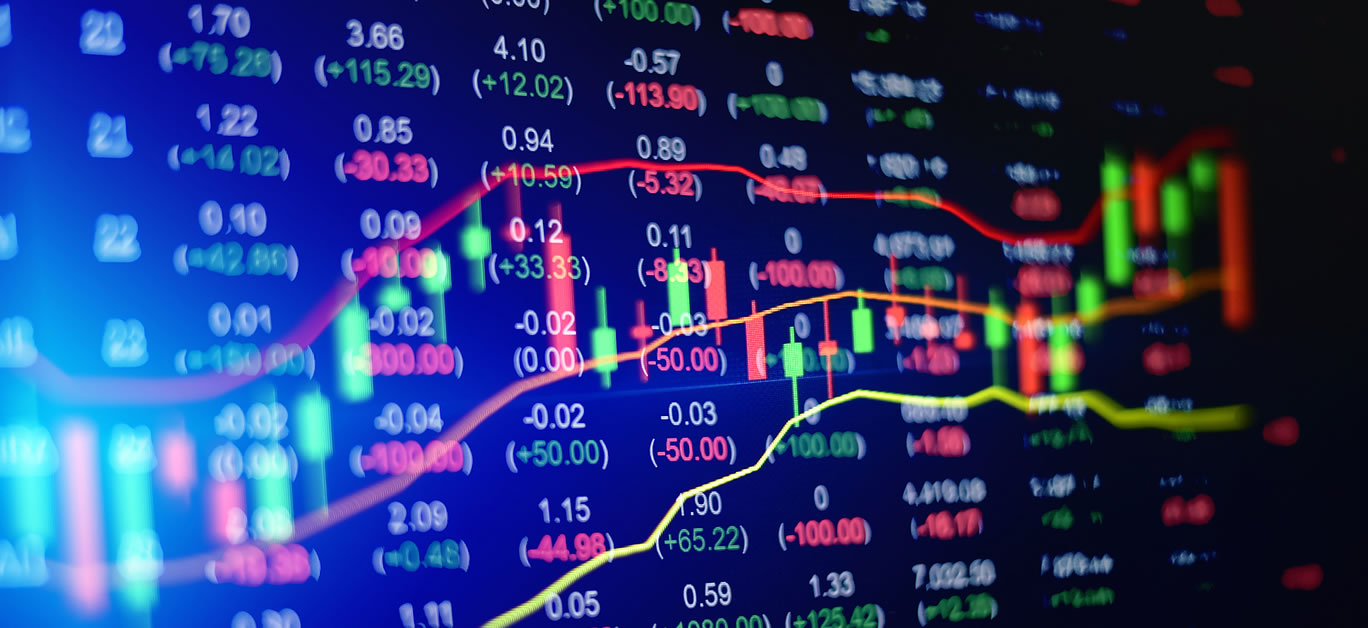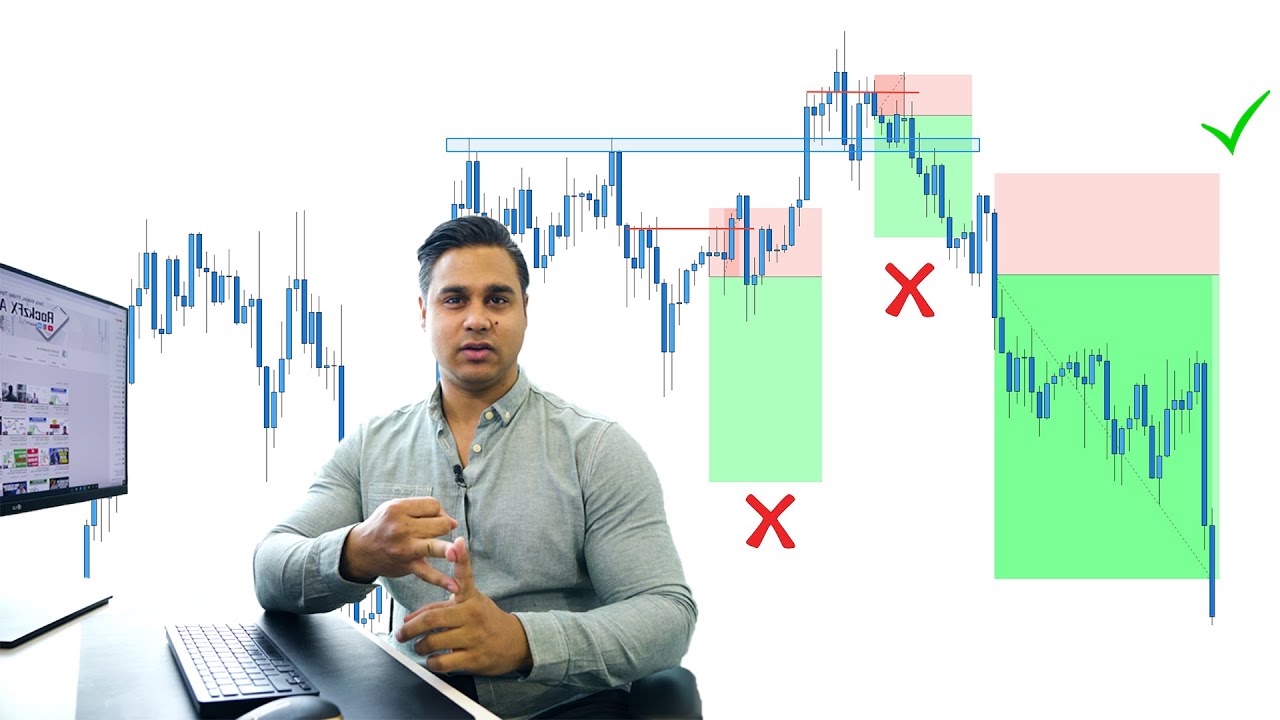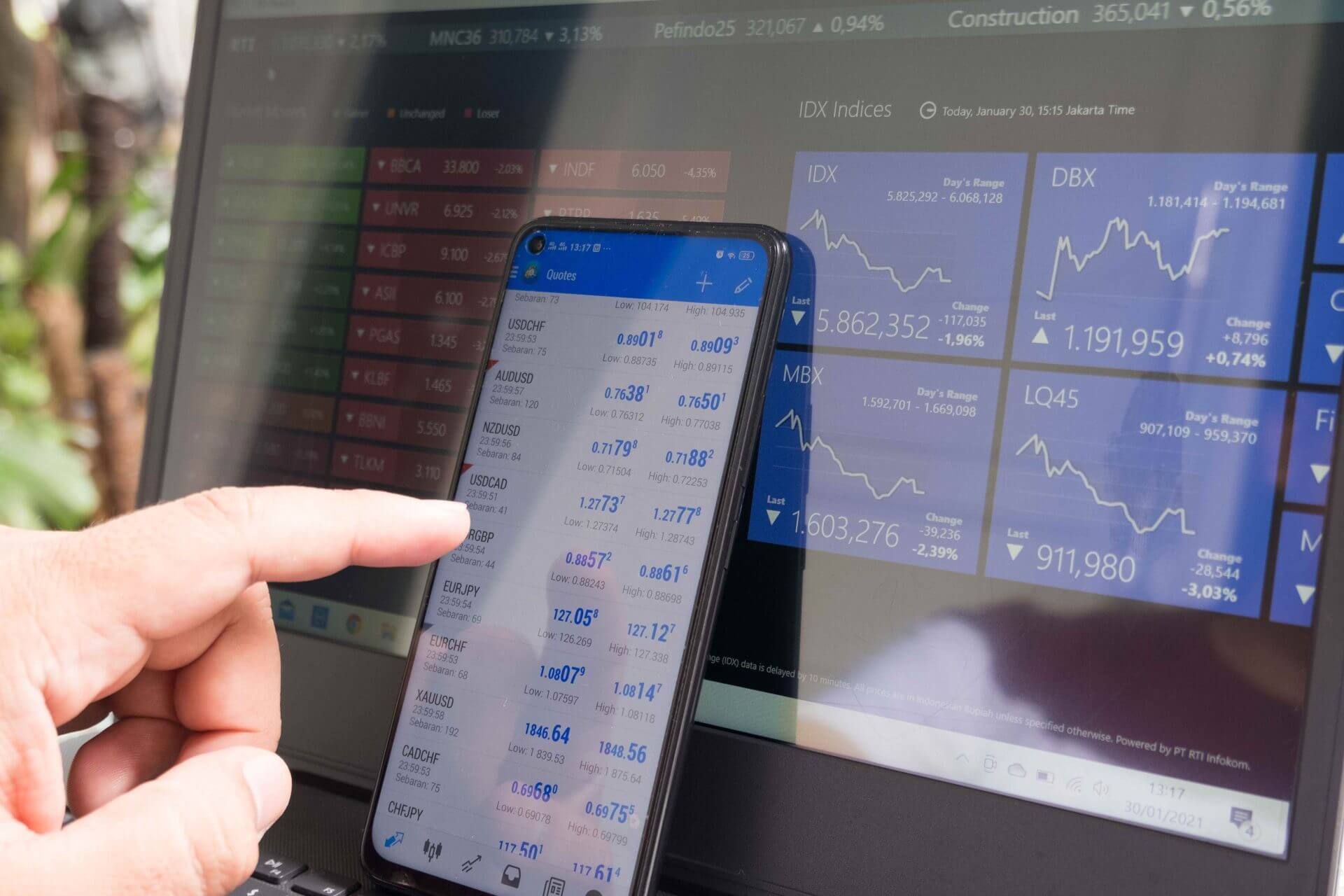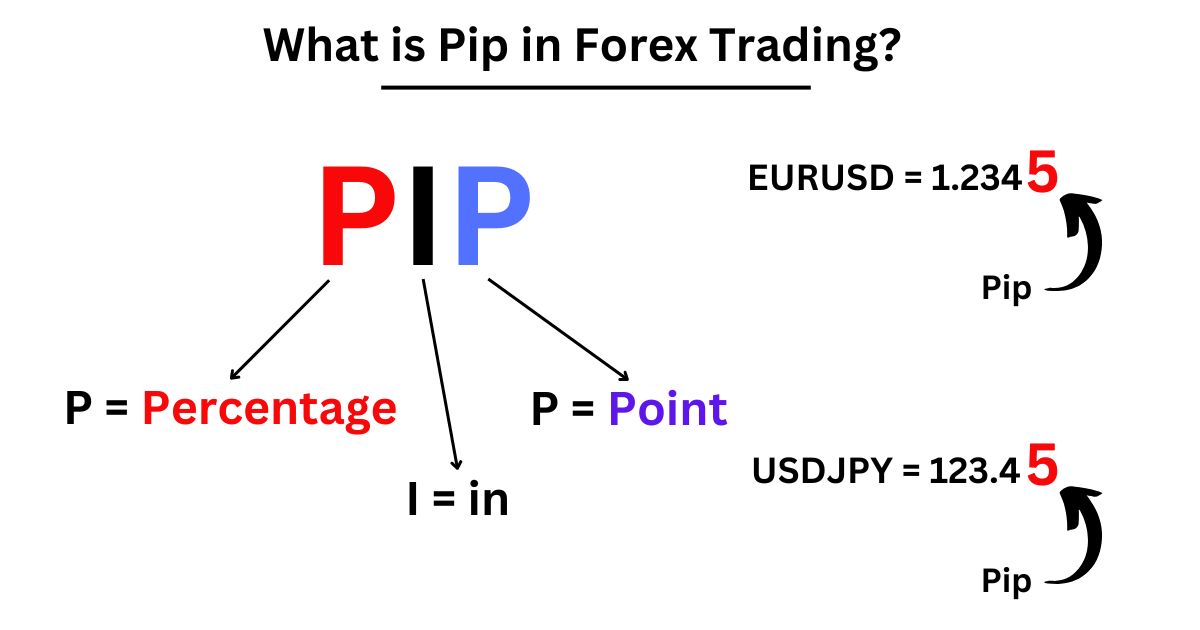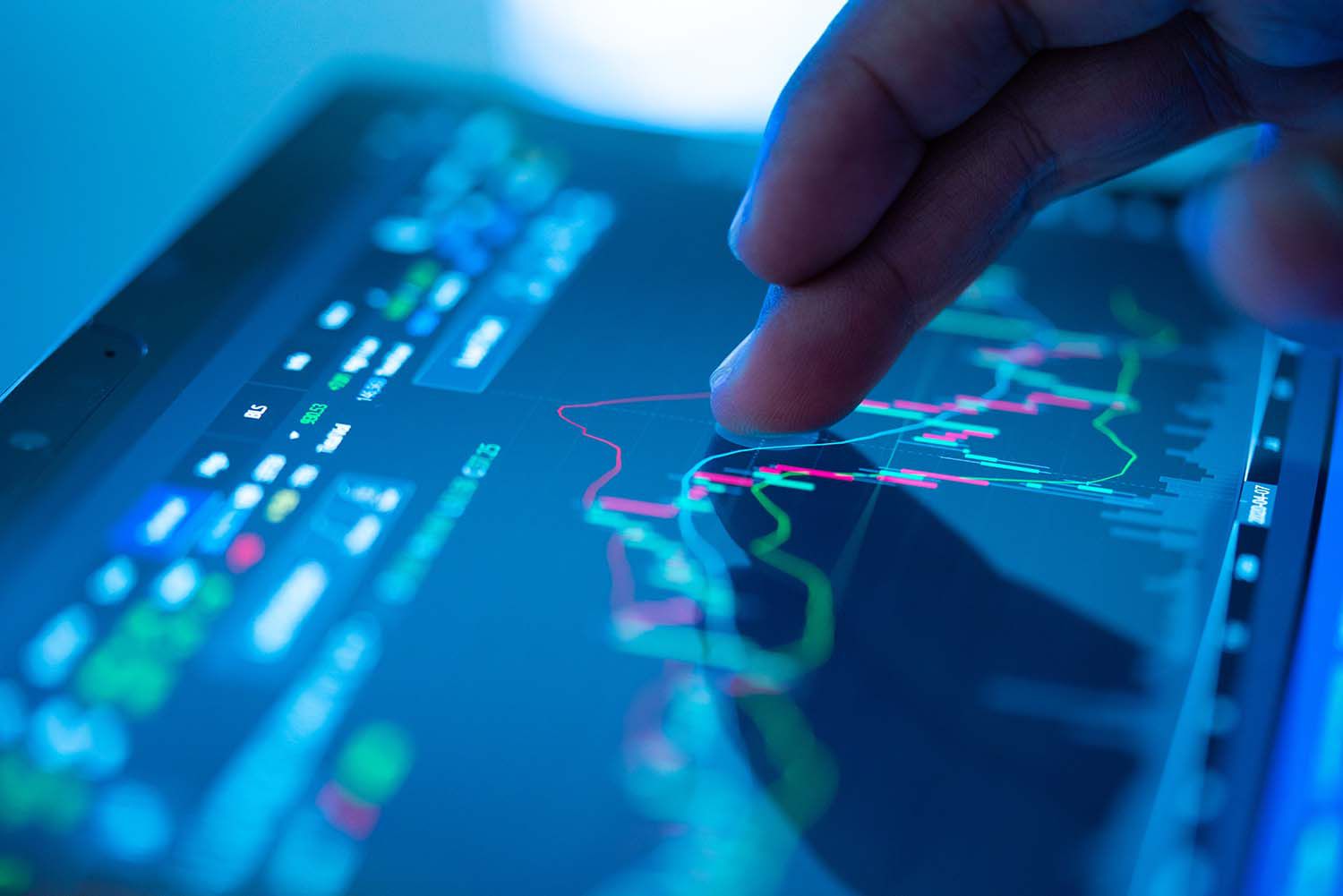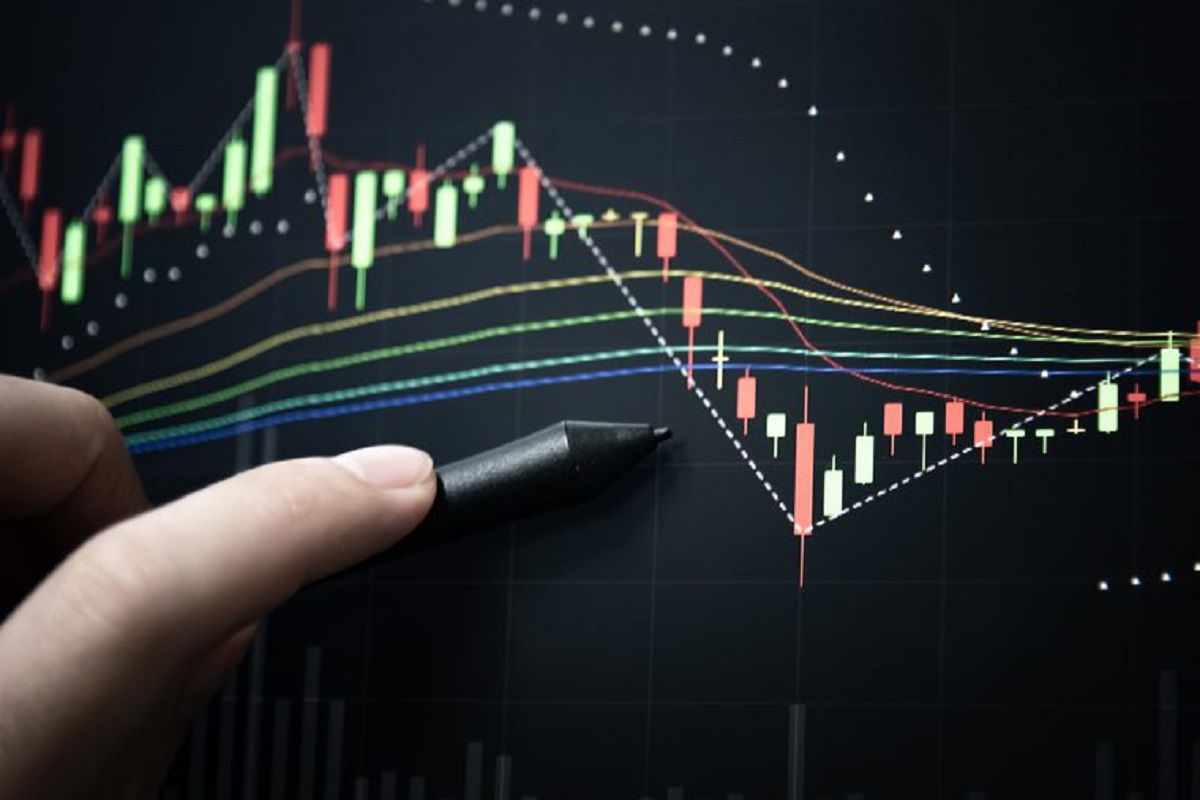Introduction
Welcome to the world of Forex trading in the UK, a dynamic and exciting market where global currencies are bought and sold. If you’re new to the concept of Forex trading, you’re in the right place. In this article, we will take you through the basics of Forex trading, including what it is, why people trade Forex, the key participants in the market, and how to get started in the UK.
Forex, short for foreign exchange, refers to the buying and selling of currencies on the global market. The Forex market is the largest and most liquid financial market in the world, with trillions of dollars’ worth of transactions taking place every day. Unlike traditional stock markets, Forex trading is decentralized, meaning it operates around the clock across different time zones.
So why do people trade Forex? One of the main attractions of Forex trading is its potential for profitability. Traders can make money by taking advantage of fluctuations in exchange rates between different currencies. When a currency’s value goes up, traders can buy it at a lower price and sell it at a higher price, making a profit in the process.
Another reason people are drawn to Forex trading is its accessibility. Thanks to advances in technology and the rise of online trading platforms, anyone with an internet connection and a trading account can participate in the Forex market. This means that Forex trading is not limited to big financial institutions or professional traders but is open to individual retail traders as well.
As a retail trader in the UK, it’s crucial to choose a reputable Forex broker to facilitate your trades. Look for a broker that is regulated by a recognized regulatory authority, such as the Financial Conduct Authority (FCA) in the UK. This ensures that the broker operates in accordance with strict financial guidelines, which helps protect your funds and ensures fair trading conditions.
Getting started in Forex trading requires some essential tools and strategies. Most importantly, you’ll need a trading platform that allows you to execute trades and monitor market movements in real-time. Additionally, it’s vital to develop a sound trading plan that includes risk management strategies and defines your trading goals.
One of the key skills in Forex trading is the ability to read and interpret Forex charts. These charts display the historical price movements of currency pairs and help traders identify trends and patterns that can inform their trading decisions. Understanding how to analyze Forex charts is essential for successful trading.
It’s essential to acknowledge that Forex trading involves inherent risks, and it’s possible to lose money. Traders need to be diligent in their research, have a solid understanding of market dynamics, and implement appropriate risk management strategies. It’s crucial to only trade with money you can afford to lose and to continuously educate yourself about the Forex market.
Now that you have an introduction to Forex trading in the UK, you’re ready to dive deeper into this fascinating world. In the following sections, we will explore topics such as choosing a Forex broker, starting your trading journey, and exploring various tools and strategies that can help you become a successful Forex trader. So let’s embark on this exciting adventure together!
What is Forex Trading?
Forex trading, also known as foreign exchange trading, is the process of buying and selling currencies in the global marketplace. It is a decentralized market, meaning that it doesn’t have a physical location or a central exchange. Instead, Forex trading takes place electronically over-the-counter (OTC), with transactions executed through a network of banks, financial institutions, and individual traders.
The primary objective of Forex trading is to profit from the fluctuations in exchange rates between different currencies. Currencies are always traded in pairs, such as EUR/USD (Euro/US Dollar) or GBP/JPY (British Pound/Japanese Yen). When you trade Forex, you are essentially predicting whether one currency will appreciate or depreciate against another currency in value. If your prediction is correct, you can make a profit.
One of the significant advantages of Forex trading is its liquidity. The Forex market is the largest and most liquid financial market in the world, with trillions of dollars’ worth of transactions taking place daily. This high liquidity ensures that traders can enter and exit positions quickly, allowing for smooth and efficient trading.
Forex trading operates 24 hours a day, five days a week, as the market is open in different time zones around the world. This provides traders with flexibility, allowing them to trade at their preferred time, regardless of their location. The market is most active during overlapping trading sessions, such as when the New York session coincides with the London session.
Another unique feature of Forex trading is the availability of leverage. Leverage allows traders to control larger positions in the market with a smaller amount of capital. For example, with a leverage ratio of 1:100, you can control a position worth $100,000 with only $1,000 in your trading account. While leverage can amplify profits, it is essential to note that it can also increase potential losses.
Forex trading offers a wide range of trading opportunities due to the numerous currency pairs available for trading. Major currency pairs, such as EUR/USD, USD/JPY, and GBP/USD, are highly liquid and have tight spreads. Other currency pairs, known as minors or exotics, involve less frequently traded currencies and may have wider spreads.
Overall, Forex trading can be a lucrative and exciting endeavor, providing ample opportunities for traders to profit from the constantly changing currency markets. However, it’s important to approach Forex trading with caution and to educate yourself about the market dynamics, risk management strategies, and trading tools before getting started. In the following sections, we will delve deeper into the intricacies of Forex trading to equip you with the knowledge and skills needed to become a successful Forex trader.
Why Trade Forex?
Forex trading offers numerous advantages and has become increasingly popular among investors and traders worldwide. Here are some key reasons why people choose to trade Forex:
- High Liquidity: The Forex market is the largest financial market in the world, with traders participating from all corners of the globe. This high level of participation ensures ample liquidity, meaning that you can easily buy and sell currencies at any time without significant price fluctuation.
- 24/5 Market Access: Unlike other financial markets, Forex trading is accessible 24 hours a day, five days a week. This flexibility allows traders to choose the most convenient time to trade, fitting their trading activities around their personal schedules.
- Opportunities in Bull and Bear Markets: In Forex trading, you can potentially profit from both rising and falling markets. When you anticipate that a currency will appreciate, you can go long (buy), and when you expect it to depreciate, you can go short (sell), thereby benefiting from both upward and downward price movements.
- Leverage and Margin Trading: Forex brokers offer leverage, allowing traders to control larger positions in the market with a smaller amount of capital. Leverage amplifies potential profits, helping traders maximize their returns. However, it is important to be mindful of the associated risks, as leverage can also magnify losses.
- Wide Range of Trading Opportunities: The Forex market offers a diverse range of currency pairs to trade, including major, minor, and exotic pairs. This variety enables traders to find opportunities in different market conditions and take advantage of currency movements across the globe.
- Global Market Influence: The Forex market is influenced by various factors, such as geopolitical events, economic announcements, and central bank policies. This global nature of the market ensures that there are always potential trading opportunities arising from news events and market developments.
Additionally, Forex trading provides traders with the ability to implement various trading strategies, including technical analysis, fundamental analysis, and algorithmic trading. Traders can use a combination of tools and indicators to analyze price charts, identify trends, and make informed trading decisions.
However, it is important to note that Forex trading involves risks and is not suitable for everyone. The market can be volatile, and there is a possibility of incurring financial losses. It is important to approach Forex trading with a disciplined mindset, proper risk management, and an understanding of the factors that influence currency movements.
In the next sections, we will explore the key participants in the Forex market, how to choose a Forex broker, and the necessary steps to start Forex trading in the UK. Armed with this knowledge, you will be better prepared to navigate the Forex market and potentially achieve your trading goals.
Forex Market Participants
The Forex market is a global marketplace where individuals, institutions, and entities participate in buying, selling, and exchanging currencies. Understanding the key participants in the Forex market is essential to grasp the dynamics and influences that shape currency prices. Here are the major players in the Forex market:
- Banks: Commercial, investment, and central banks are the most influential participants in the Forex market. They facilitate the majority of currency transactions, acting as primary liquidity providers. Banks trade Forex on behalf of their clients and themselves, aiming to profit from currency fluctuations. Central banks play a crucial role by implementing monetary policies, managing exchange rates, and influencing market sentiment through interest rate decisions.
- Hedge Funds: Hedge funds are private investment funds that seek high returns by employing various trading strategies, often with sizable leverage. These institutional investors can impact market liquidity and volatility due to their significant trading volumes. Hedge funds often specialize in specific currency pairs, focusing on short-term trading opportunities.
- Commercial Companies: Companies engaged in international trade participate in the Forex market to convert profits from overseas sales into their domestic currency. They may also engage in currency hedging to mitigate risks associated with foreign currency fluctuations. The currency requirements of multinational corporations have a substantial impact on the Forex market.
- Retail Traders: Individual retail traders make up a significant portion of the Forex market participants. Thanks to advancements in technology and the availability of online trading platforms, anyone with an internet connection and a trading account can participate in Forex trading. Retail traders typically engage in speculative trading, aiming to profit from currency price movements by buying or selling currency pairs.
- Brokers: Forex brokers act as intermediaries between traders and the Forex market. They offer trading platforms and services, enabling retail traders to access the market. Forex brokers can be either market makers, who provide liquidity by taking the opposite side of traders’ positions, or ECN/STP brokers, who directly connect traders with liquidity providers.
- Institutional Investors: Pension funds, mutual funds, and insurance companies are examples of institutional investors that participate in the Forex market. These entities trade currencies as part of their investment strategies and portfolio diversification. Institutional investors often have longer-term investment horizons and tend to focus on managing risk and generating steady returns.
The interactions and transactions among these major participants determine the supply and demand for currencies, consequently influencing currency prices. It’s important to note that the Forex market is highly decentralized, meaning that no single entity or participant has complete control over market movements. Instead, it operates based on the collective actions of all participants.
Understanding the role of different market participants can provide insights into market sentiment, liquidity conditions, and potential trading opportunities. As a retail trader, it’s essential to stay informed about market news and events that can influence the decisions of these major participants and impact currency prices.
In the upcoming sections, we will explore how to choose a Forex broker, the steps to start Forex trading in the UK, and various tools and strategies that can help you navigate the complex Forex market successfully.
Choosing a Forex Broker
Choosing the right Forex broker is a crucial step when starting your Forex trading journey. A Forex broker acts as an intermediary between you, the trader, and the Forex market. Their role is to execute your trades, provide access to trading platforms, and offer various services to enhance your trading experience. Here are some key factors to consider when selecting a Forex broker:
- Regulation: Ensure that the broker is regulated by a recognized financial authority. In the UK, look for brokers regulated by the Financial Conduct Authority (FCA). Regulation helps protect your funds, ensures fair trading conditions, and provides a channel for dispute resolution.
- Trading Platform: Consider the trading platform offered by the broker. It should be user-friendly, stable, and provide real-time price quotes and charting tools. Popular platforms include MetaTrader 4 (MT4) and MetaTrader 5 (MT5), known for their advanced features and customizable interfaces.
- Asset Selection: Check the range of currency pairs and other financial instruments offered by the broker. Ensure they provide the currency pairs you are interested in trading, as well as other products like commodities, indices, or cryptocurrencies if you wish to diversify your trading portfolio.
- Execution and Spreads: Look for a broker with competitive spreads and fast execution speeds. Low spreads reduce your trading costs, while fast execution helps ensure that your trades are executed at the desired price without significant slippage.
- Customer Support: Assess the quality and availability of customer support provided by the broker. Reliable support is essential in case of technical issues or any concerns you may have regarding your trading account or platform.
- Account Types: Consider the account types offered by the broker. They may offer different account options, such as standard accounts, mini accounts, or Islamic accounts (if applicable), to cater to varying trader needs. Also, check the minimum deposit requirements and leverage options available.
- Educational Resources: Evaluate the educational resources provided by the broker. Look for brokers that offer educational materials, webinars, tutorials, and market analysis to help enhance your trading skills and knowledge.
- Reputation and Reviews: Research the broker’s reputation by reading online reviews, forums, and checking ratings from reliable sources. This will give you insights into their track record, customer satisfaction, and reliability.
- Deposits and Withdrawals: Examine the deposit and withdrawal methods available, as well as any associated fees and processing times. It’s important to choose a broker that offers secure and convenient payment options.
- Additional Services: Consider any additional services or features offered by the broker, such as social trading, copy trading, or access to market research and analysis tools. These extras can enhance your trading experience but may not be essential for all traders.
It’s important to take the time to research and compare different brokers based on these factors. This ensures that you choose a broker that aligns with your trading goals, preferences, and risk appetite. Opening a demo account with a few short-listed brokers can also provide insight into their trading conditions, platform features, and overall user experience.
Choosing a reliable and reputable Forex broker is essential for the success and security of your trading activities. Once you have selected a broker, you can proceed to open a trading account and begin your Forex trading journey.
In the next section, we will discuss the necessary steps to start Forex trading in the UK, including account setup and key considerations before making your first trade.
How to Start Forex Trading in the UK
If you’re interested in starting Forex trading in the UK, here are the essential steps to get you started:
- Educate Yourself: Before diving into the Forex market, it’s crucial to educate yourself about the basics of Forex trading. Read books, attend webinars, and take advantage of educational resources provided by reputable brokers. Understanding key concepts such as currency pairs, leverage, margin, and risk management will give you a solid foundation.
- Choose a Forex Broker: Select a trusted and regulated Forex broker that meets your trading needs, preferences, and budget. Consider factors such as regulation, trading platforms, spreads, customer support, and educational resources. Open a demo account with your chosen broker to familiarize yourself with the platform and test your strategies without risking real money.
- Complete the Account Opening Process: Once you’ve chosen a broker, follow their account opening procedure. This typically involves providing personal information, verifying your identity, and submitting any required documents. Ensure that you comply with the broker’s requirements to smoothly complete the account setup.
- Deposit Funds: After your account is approved, you can deposit funds into your trading account. Choose a convenient payment method provided by the broker and adhere to any minimum deposit requirements. Be mindful of any potential fees associated with deposits.
- Develop a Trading Plan: Create a well-defined trading plan that outlines your trading goals, risk tolerance, and strategies. Determine the amount of capital you are willing to risk per trade and set realistic profit targets. A trading plan will help you stay disciplined and focused during the ups and downs of Forex trading.
- Start Trading: With funds in your trading account and a solid plan in place, you’re ready to execute your first trade. Analyze the market using technical analysis, fundamental analysis, or a combination of both. Choose currency pairs that align with your trading strategy and enter your trades accordingly. Remember to implement proper risk management techniques, such as setting stop-loss orders to mitigate potential losses.
- Continuously Learn and Improve: Forex trading is a journey of continuous learning and improvement. Keep track of your trades, analyze your successes and failures, and adjust your trading strategies accordingly. Stay updated on market news and developments that can impact currency prices. Consider joining trading communities or forums to learn from experienced traders and share your insights.
Starting Forex trading in the UK requires patience, dedication, and continuous learning. It’s important to manage your expectations and understand that Forex trading involves risks. Avoid chasing quick profits and focus on building a solid foundation of knowledge and experience.
Remember, the key to successful Forex trading lies in proper risk management, discipline, and a rational approach to decision-making. Stay focused, be patient, and stick to your trading plan. With time and experience, you can develop the skills and confidence needed to navigate the Forex market successfully.
In the next sections, we will explore various tools and strategies used in Forex trading, as well as the importance of understanding Forex charts for effective analysis and decision-making.
Forex Trading Tools and Strategies
Forex trading involves utilizing a variety of tools and strategies to analyze the market, make informed trading decisions, and manage risk. Here are some key tools and strategies commonly used by Forex traders:
- Technical Analysis: Technical analysis involves studying historical price patterns and indicators to predict future price movements. Traders utilize various tools like moving averages, oscillators, and chart patterns to identify trends, support and resistance levels, and potential entry and exit points.
- Fundamental Analysis: Fundamental analysis focuses on assessing economic, political, and social factors that may influence currency values. Traders analyze economic indicators, central bank policies, geopolitical events, and news releases to make trading decisions based on the overall health and outlook of economies.
- Risk Management Strategies: Effective risk management is crucial in Forex trading. Traders employ techniques like setting stop-loss orders to limit potential losses, using proper position sizing to manage risk, and diversifying their portfolios to spread risk across different currency pairs or asset classes.
- Stop-Loss and Take-Profit Orders: Stop-loss orders are used to automatically close out a trade if the price moves against you beyond a predetermined level, limiting potential losses. Take-profit orders allow you to automatically close a trade when it reaches a specific profit level, ensuring you secure your gains.
- Trading Journals: Keeping a trading journal is a useful tool to track and evaluate your trades. It helps you analyze your trading performance, identify patterns, and learn from past mistakes. By documenting your trades and emotions associated with them, you can develop a more structured approach to your trading activities.
- Automated Trading Systems: Automated trading systems, also known as algorithmic or black-box trading, involve using computer programs to execute trades based on pre-defined rules. These systems can automatically analyze the market, identify trading opportunities, and execute trades without human intervention. They can be built using programming languages or accessed through commercial trading platforms.
- Social Trading: Social trading platforms allow traders to interact, share ideas, and even copy the trades of more experienced traders. This enables less experienced traders to benefit from the expertise of others and learn from their strategies and experiences.
When using these tools and strategies, it’s important to remember that there is no one-size-fits-all approach to Forex trading. Each trader has unique goals, risk tolerance, and trading styles. Therefore, it’s essential to experiment, adapt, and find a combination of tools and strategies that work best for you.
It’s also crucial to stay updated with market news, economic events, and changes in market conditions that can impact currency prices. Keeping a close eye on financial calendars and staying informed through reputable news sources is essential for successful Forex trading.
Lastly, continuous learning and self-improvement are vital components of becoming a successful Forex trader. Stay open to new strategies, maintain a growth mindset, and seek opportunities to expand your knowledge and skills through educational resources, trading courses, or participation in trading communities.
In the following section, we will explore the importance of understanding Forex charts and how they can guide your trading decisions.
Understanding Forex Charts
Forex charts play a vital role in Forex trading as they visually represent the historical price movements of currency pairs. By understanding Forex charts, traders can identify trends, patterns, and key levels of support and resistance, which can help guide their trading decisions. Here are some key elements and concepts to understand when analyzing Forex charts:
- Candlestick Charts: Candlestick charts are the most commonly used chart type in Forex trading. They display price movements over a specific time period using candlesticks, where each candle represents a specified time frame, such as a minute, hour, day, or week. Candlesticks indicate the opening, closing, high, and low prices for a given period, and the color of the candlestick can indicate whether the price has gone up (bullish) or down (bearish).
- Trendlines: Trendlines are diagonal lines drawn on a chart to connect a series of higher lows in an uptrend or lower highs in a downtrend. They help identify the direction of a trend and potential areas of support or resistance. Traders use trendlines to gauge the strength and sustainability of a trend and to determine entry and exit points.
- Support and Resistance Levels: Support levels are price levels where buying pressure typically outweighs selling pressure, causing prices to bounce back up. Resistance levels, on the other hand, are price levels where selling pressure tends to surpass buying pressure, causing prices to reverse or stall. Identifying key support and resistance levels is essential as they can act as potential areas for entering or exiting trades.
- Chart Patterns: Chart patterns are recurring formations on the charts that provide insights into market sentiment and potential future price movements. Common patterns include double tops and bottoms, head and shoulders, triangles, and flags. Traders study these patterns to anticipate trend reversals, breakouts, or continuation of trends.
- Indicators: Forex charts can be enhanced with technical indicators, which are mathematical calculations based on price and volume data. Indicators help traders analyze market trends, momentum, volatility, and overbought or oversold conditions. Popular indicators include moving averages, relative strength index (RSI), and stochastic oscillator.
- Timeframes: Forex charts can be viewed in different timeframes, ranging from seconds to months or even years. Shorter timeframes, such as 1-minute or 5-minute charts, provide more detailed price movements and are suitable for day trading or scalping strategies. Longer timeframes, like daily or weekly charts, are used for swing trading or longer-term investment analysis.
Understanding Forex charts and the information they provide can help traders make informed trading decisions. By analyzing chart patterns, trendlines, support and resistance levels, and indicators, traders can identify potential entry and exit points, manage risk, and determine appropriate profit targets.
It’s important to note that Forex charts should not be used in isolation, but in conjunction with other forms of analysis, such as fundamental analysis or sentiment analysis. Combining multiple sources of information can increase the reliability and accuracy of your trading decisions.
Additionally, using proper chart analysis tools and platforms is crucial. MetaTrader 4 (MT4) and MetaTrader 5 (MT5) are popular trading platforms that offer a wide range of charting tools and indicators. These platforms allow traders to customize their charts, apply technical analysis tools, and save chart templates for future use.
By mastering the art of analyzing Forex charts, traders can gain insights into market trends, spot potential trading opportunities, and improve their overall trading performance.
In the next sections, we will discuss the risks and dangers of Forex trading and provide essential tips for managing these risks effectively.
Dangers and Risks of Forex Trading
While Forex trading can offer exciting opportunities and potentially high returns, it is essential to understand the risks involved. Here are some of the dangers and risks associated with Forex trading:
- Market Volatility: The Forex market is highly volatile, meaning that currency prices can fluctuate rapidly and unpredictably. Volatility can result in significant profits, but it can also lead to substantial losses. Sudden news announcements, economic events, or geopolitical conflicts can cause sharp price movements, making risk management a crucial aspect of Forex trading.
- Leverage and Margin: Leverage enables traders to control larger positions with a smaller amount of capital. While leverage can amplify profits, it can also magnify losses. It’s essential to use leverage judiciously and understand the risks involved. High leverage increases the potential for significant losses if the market moves against your position.
- Lack of Regulation: The Forex market is decentralized and operates across various jurisdictions. While regulatory bodies exist to oversee the industry, some regions may lack stringent regulations or enforcement. Traders should ensure they choose reputable brokers regulated by recognized authorities to protect their interests and funds.
- Psychological Factors: Forex trading can evoke strong emotions, such as fear, greed, and impatience. Emotional decision-making can lead to poor trading outcomes. It’s crucial to develop a disciplined mindset, follow a trading plan, and avoid making impulsive trades based on emotions.
- Technical Challenges: Forex trading involves using trading platforms, charts, indicators, and implementing various technical analysis techniques. Technical issues can occur, such as platform malfunctions or internet outages, which may result in missed trading opportunities or execution delays. Traders should have contingency plans in place and be prepared to handle technical disruptions.
- Overtrading: Overtrading occurs when traders make excessive trades, often driven by the fear of missing out or emotional impulses. Overtrading can lead to increased transaction costs, fatigue, and a lack of focus on quality trades. Traders should exercise restraint, focus on quality setups, and be patient in waiting for favorable trading opportunities.
- Unrealistic Expectations: It’s common for beginner traders to have unrealistic expectations about the potential profits of Forex trading. Making consistent profits requires time, practice, and ongoing learning. It’s important to set realistic goals, manage expectations, and avoid falling into get-rich-quick schemes or following unrealistic promises of overnight success.
Managing the risks of Forex trading is crucial for long-term success. Here are some tips for effective risk management:
- Set a risk tolerance: Determine the maximum amount you are willing to risk per trade, keeping in mind your overall account balance and financial situation.
- Use stop-loss orders: Always set a stop-loss order to limit potential losses on each trade. This ensures that you exit a losing trade if the market moves against your position.
- Diversify your portfolio: Spread your risk across different currency pairs and asset classes to minimize the impact of market volatility on your trading account.
- Keep emotions in check: Emotions can cloud judgment and lead to irrational decision-making. Stick to your trading plan and avoid making impulsive trades based on emotions.
- Continuous learning: Stay updated with market news, economic indicators, and trends. Invest in your knowledge and skills through educational resources, trading courses, or workshops.
By understanding and managing the risks associated with Forex trading, you can navigate the market more effectively and increase your chances of success. Remember, Forex trading is a journey that requires patience, discipline, and continuous improvement.
In the final section, we will summarize the key points discussed and provide a brief overview of Forex trading in the UK.
Conclusion
In conclusion, Forex trading in the UK offers individuals the opportunity to participate in the global currency market and potentially profit from fluctuations in exchange rates. It is essential to understand the basics of Forex trading, including how it works, why people trade Forex, and the key participants in the market.
When starting Forex trading in the UK, it is crucial to choose a reputable Forex broker that is regulated by a recognized authority such as the FCA. The broker should offer a user-friendly trading platform, competitive spreads, reliable customer support, and a range of educational resources.
Traders should educate themselves about Forex trading, develop a trading plan, and utilize various tools and strategies to analyze the market effectively. This includes understanding Forex charts, identifying trends and patterns, and managing risks through proper risk management techniques.
It is important to note that Forex trading involves risks, including market volatility, leverage, psychological factors, and technical challenges. Traders should manage these risks by setting realistic goals, using stop-loss orders, diversifying their portfolio, and continuously learning and improving their skills.
Forex trading requires discipline, patience, and continuous learning. It is not a get-rich-quick scheme, and success comes with time and experience. By following proper risk management practices and staying informed about market developments, traders can increase their chances of success in the Forex market.
Now that you have gained a better understanding of Forex trading, its risks, and its potential rewards, you are better equipped to embark on your Forex trading journey. Remember to do your due diligence, seek reputable sources of information, and practice sound decision-making to navigate the Forex market successfully.
Good luck with your Forex trading endeavors!







